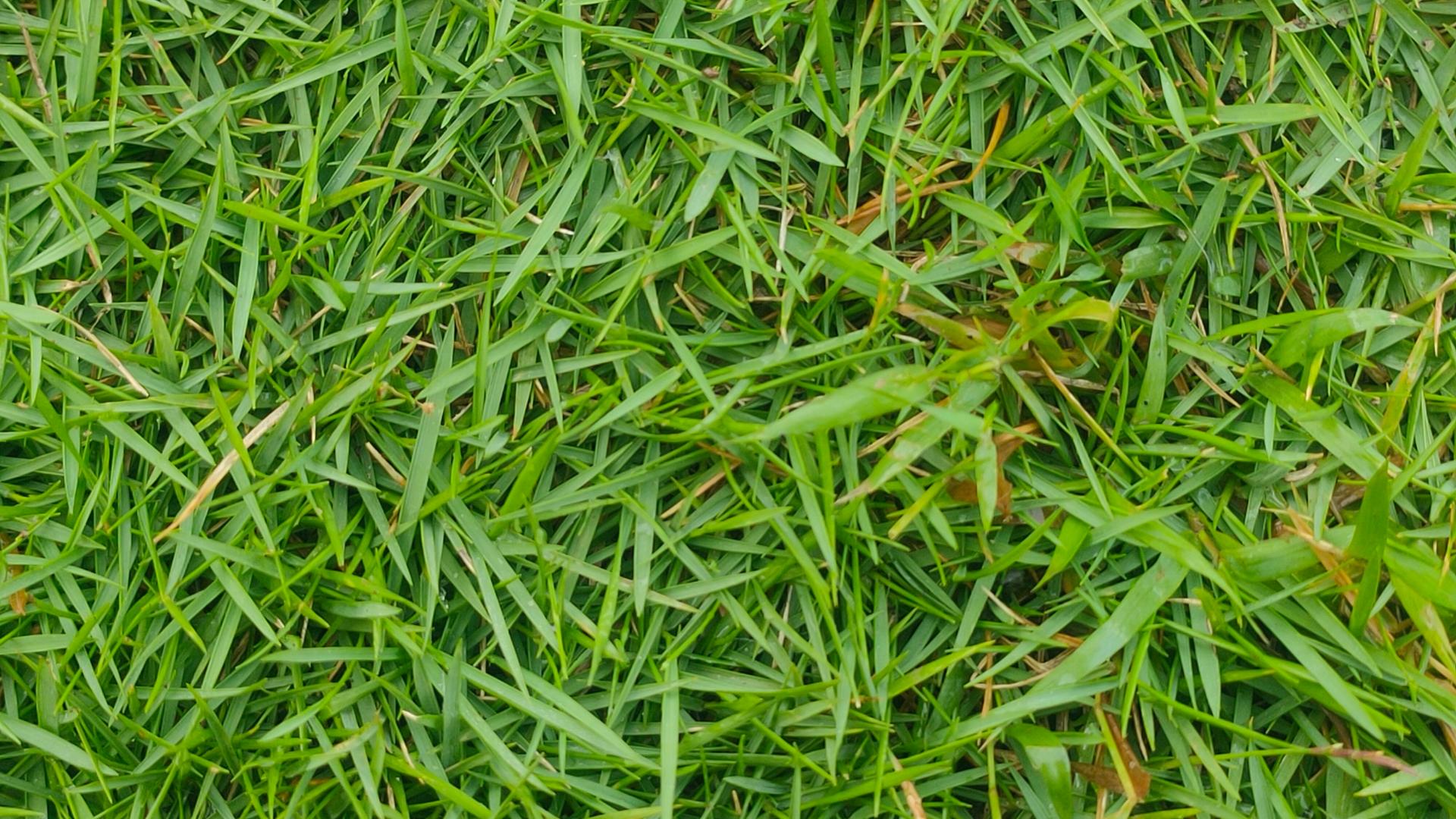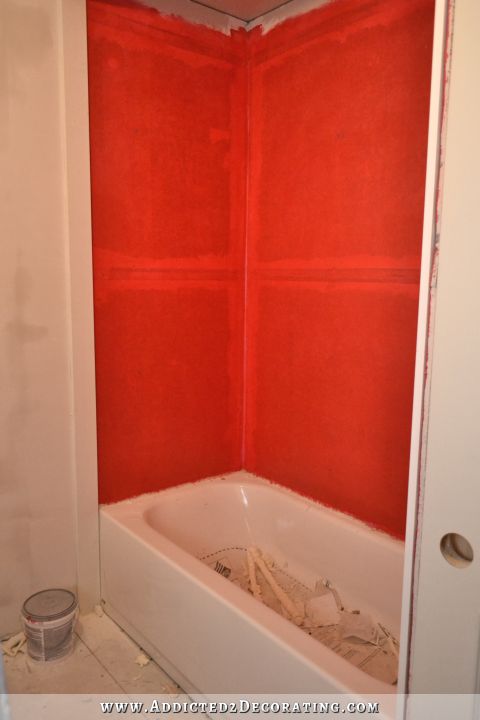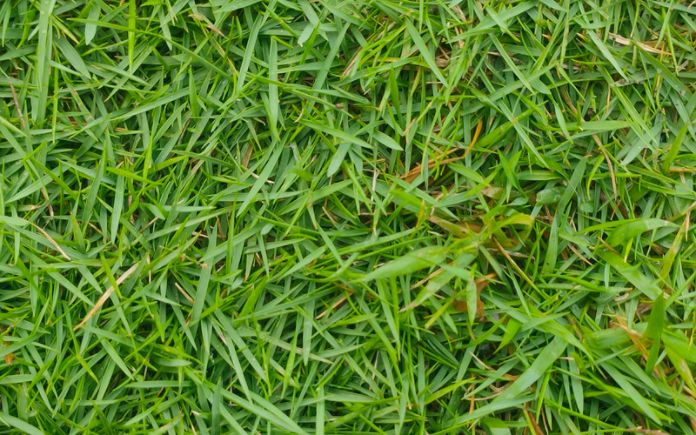
Zoysia grass is a warm-season turf from Asia made of several species. This coarse grass— which thrives in central and southern states — is not shade-loving and prefers the sun.
Still, even with the best care, drought and pest damage can cause grass blades to turn brown or go dormant. If extensive damage occurs, and bare spots form, overseeding zoysia grass in the fall can help restore the turf.
To that end, here’s what makes zoysia grow patchy, how to overseed your zoysia lawn, and how to ensure the best results.
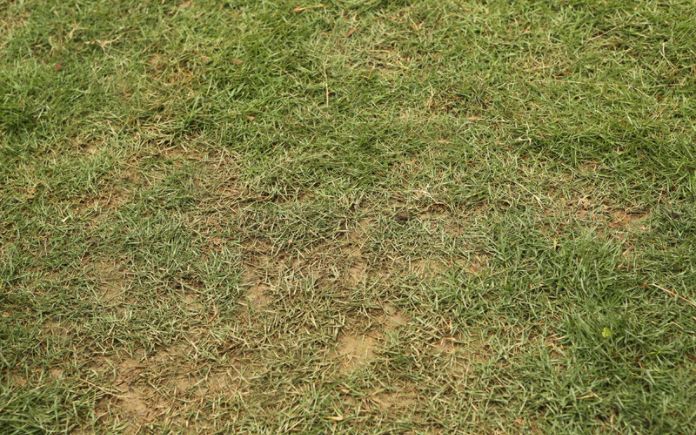
What Makes Zoysia Grass Patchy?
Before overseeding zoysia grass, you’ll need to identify the root cause of the damage. Drought is the often leading factor, but pests such as Chinch bugs, Hunting billbugs, and fungal pathogens like Rhizoctonia solani could also be culprits.
Here’s a breakdown of how pests and pathogens affect zoysia lawns:
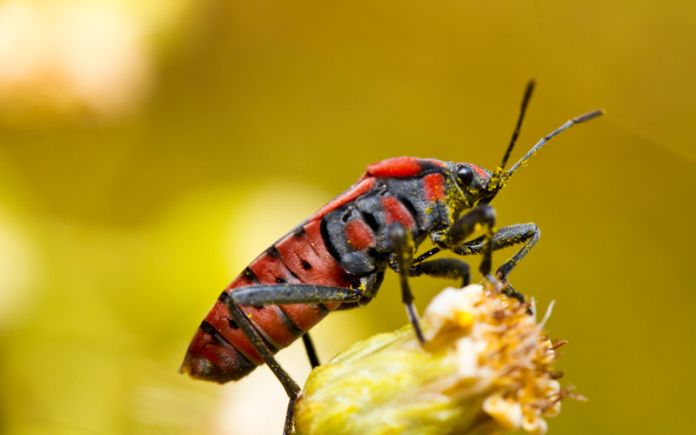
Chinch Bugs
Chinch bugs — the most common pests of zoysia grass — spread rapidly to destroy major lawn areas. These insects inflict damage during the hot and dry summer months, and it’s tough to distinguish their visits from drought effects. Still, their patterns are predictable. Chinch bugs begin damaging grass from one side and expand as populations increase. As a result, damage is the most severe along lawn boundaries, like sidewalks and driveways.
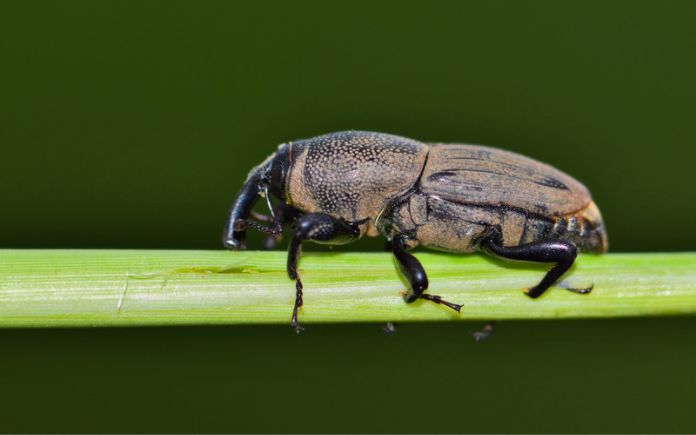
Hunting Billbugs
Hunting billbugs are most active during the night and early morning. Their damage is more common in mid- to late spring and early summer, when billbug larvae bore into the zoysia’s lower leaf stem and flourish. The turning point comes when growing larvae feed on stolons in the early summer, and grass shows symptoms of yellow areas that eventually brown and die out.
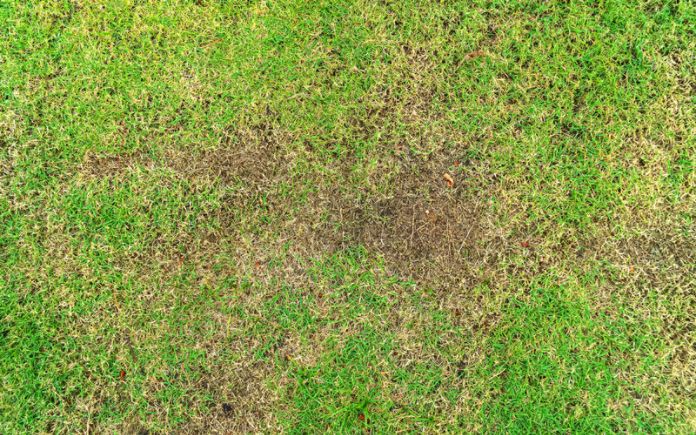
Rhizoctonia Solani – Fungal Pathogen
The third most common zoysia grass nuisance is Rhizoctonia solani, a soil-borne fungal pathogen. The large-patch symptoms appear in the fall and are most severe as zoysia grass growth slows due to cool temperature. This fungal pathogen can affect patches ranging from 6 inches to many feet in diameter.
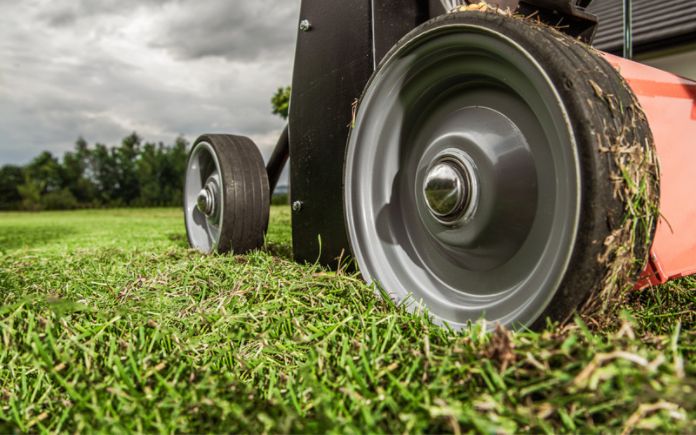
How to Overseed Zoysia Grass — Easy Steps
Overseeding zoysia grass is necessary to cover bald lawn patches and create a healthy lawn. You should overseed lawns in the late spring or early fall as temperatures are favorable for seed germination. If you overseed in the fall, spread seeds at least 60 days before the first frost.
To prepare a zoysia lawn for overseeding, follow these steps:
Collect debris. The first step of seedbed preparation is removing debris, stones, rocks, pinecones, straws or any other ground cover. Use a rake to collect and remove smaller pieces of debris. If you’re seeding a bare spot, remove any dead grass to expose the soil.
Mow. Cut the grass to about 1-inch tall, ensuring appropriate seed-to-soil contact. When grass is high, seeds get stuck in the blades and may not reach the soil. Maintaining low blade height is mandatory for the successful overseeding of zoysia grass.
Aerate. This involves punching holes into the ground to loosen compacted soil. Adequate air circulation allows water to penetrate deeper to reach roots, and aerated soils can allow for greater seed-to-soil contact.
Dethatch. Whereas aeration prepares the soil, dethatching prepares existing turf. Thatch— consisting of dead grass under actively growing turf — accumulates over time. It limits water, fertilizer and grass seed from reaching the soil. Even if the lawns are mowed and aerated, don’t overlook dethatching before overseeding zoysia.
Fertilize. Before distributing seeds, check the soil for nutrient deficiencies and apply a fertilizer based on recommendations from a soil test.
Zoysia needs more nitrogen, little to no phosphorous and less potassium. Always keep in mind that the best Zoysia grass fertilizers will have high nitrogen content.
Distribute seeds. Zoysia needs 2 pounds of seed per 1,000 square feet for optimal overseeding. Calculate the amount of seed needed by dividing your lawn area by the recommended seeding rate.
Typically, a hand spreader or push spreader is the best tool to spread seed. Either one will help ensure that seeds are dispersed uniformly, so that revived lawn is equally covered.
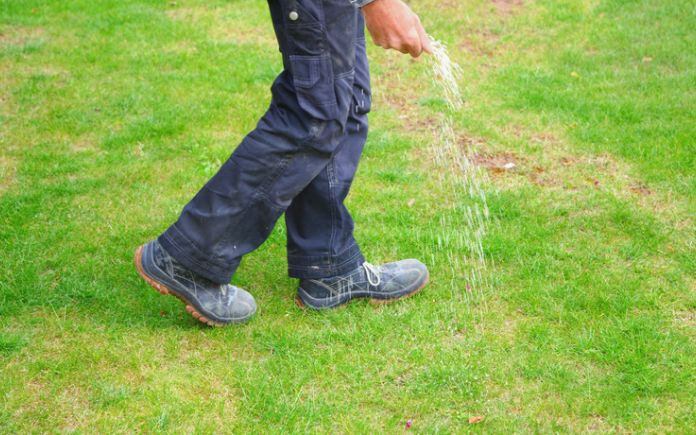
So, you’ve overseeded your zoysia grass—now what? Here are some pointers.
- Overseeded zoysia lawns need good moisture to sprout seed. Initially, water daily until germination. The recommended rate is 1 inch of water per week, including rainfall.
- Remember: Overwatering attracts pests to the lawn. Take regular measurements of water for optimal results.
- Fertilization helps lawns thrive and indirectly helps to reduce the risk of insect damage. Proper fertilization makes grass blades thick and gives denser growth. When there is a thick layer of grass above the soil surface, insects have less access to the nutrients found in the roots of the turf, and the lawn is more likely to grow insect-free.
- Mow the overseeded lawn when grass gets to a height of 2 inches or more. Under ideal conditions, you will start to see growth in 14 to 21 days.

